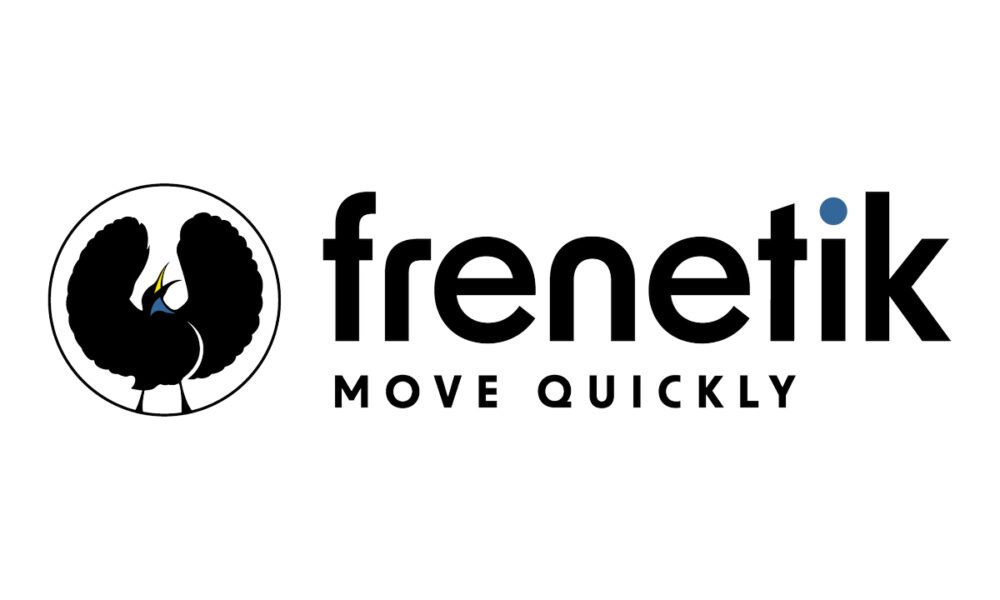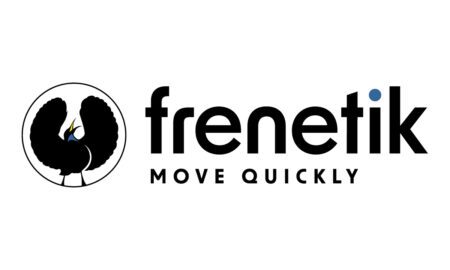When I explored vector databases, I started with an open mind. I did not begin with the mindset that one is better than the other. I tested both Weaviate and Pinecone in a straightforward way, based on real features, actual documentation, and practical use-cases. Both are strong products. Both have their advantages. But after using them in real situations, I realised that Weaviate fits my working style and project needs better, not because Pinecone is weak, but because the design approach of Weaviate matches the type of systems I build.
This article explains that honestly, without pretending that Pinecone is inferior or pretending that Weaviate does things it cannot do.
Why I Lean Toward Weaviate in My Work
The first thing that influenced my preference is that Weaviate is open source. This is not the only reason, but it is one of the reasons. When a system is open source, I can inspect the code, understand the architecture, run it on my own machine, and experiment freely. For someone who likes having full control over infrastructure and cost, this naturally feels more comfortable.
Pinecone is a managed service. That is not a bad thing. In fact, many companies prefer a managed service because it handles scaling, uptime, and maintenance automatically. But for me, a managed service increases dependence. It reduces flexibility in cost planning and experimentation. So the open-source nature of Weaviate simply fits the way I work better.
Technical Behaviour That Matters in My Use-Case
One thing I noticed very early is that Weaviate gives a complete database feeling. It stores objects along with vectors. It uses a schema-based approach where data properties have meaning. This helps me when I am building applications where both structured information and vector search are important. The data model becomes easy to maintain, and the queries become more expressive.
Pinecone stores vectors with metadata. This works very well when the project is mainly about semantic search and does not need a deeper structural model. But my own projects involve combining vector similarity with property-based filtering. In that situation, Weaviate’s schema system feels more natural and more organised. It keeps the data clean and makes the search behaviour consistent.
I also found Weaviate’s hybrid search helpful. Hybrid search in Weaviate lets me use vector similarity together with traditional keyword scoring. This is documented clearly by the developers, and the system is built to handle this combination smoothly. I use hybrid search often because many datasets contain text where exact matches and semantic meaning both matter. Pinecone supports metadata filtering well, but hybrid search is not integrated at the same level. For some of my tasks, that difference becomes noticeable.
I also appreciate that Weaviate supports multiple vectorisation modules. Some modules run inside the system, and some work as external services. This flexibility saves time when building pipelines. Pinecone expects all embedding generation to happen outside, which is completely valid, but it means I end up managing more parts of the workflow myself.
None of these points make Pinecone weak. Pinecone is very strong in simplicity, reliability, and ease of scaling. But for my type of development style, I prefer having more control over data modelling, hybrid search, and vectorisation behaviour.
The Transparency Factor Affects My Comfort Level
Because Weaviate is open source, I feel more confident in long-term usage. I can study how it stores data, how it manages vectors, and how indexes are organised. Even if I never touch the code, the transparency itself gives clarity.
Pinecone works like a closed system. It hides the internal engine and simply provides the final performance. Many users like this because it removes complexity. But for me, understanding internal behaviour is important. I prefer knowing how the system functions under the hood. It helps me design better architectures and tune the system more intelligently.
This is not about one being right or wrong.
It is simply about which approach suits my thinking style.
Pinecone is Strong, but the Match With My Workflow is Limited
To be fully honest, Pinecone is excellent for people who want fast setup, simple API usage, and no infrastructure management. It solves that part very efficiently. But the way I build applications requires a bit more flexibility and a bit more depth in data organisation.
Pinecone focuses mainly on high-performance vector search.
Weaviate focuses on being a full vector database with structure, filters, and endpoints.
Because my work deals with structured data, semantic data, and evolving schemas, I naturally gravitate toward the system that supports those needs more directly.
Conclusion: Weaviate Fits My Needs More Naturally
After testing both tools honestly, without bias, I can say clearly that Weaviate fits my requirements better. Not because Pinecone is weak, and not because I wanted only open source, but because Weaviate gives me:
- more control over data structure,
- more flexibility in how I run and scale it,
- more transparency in how the system works,
- and more convenience in combining vector search with filtering and keyword behaviour.
Pinecone remains a strong and reliable platform. It simply follows a different design philosophy. For my style of development, that philosophy is not the best match.
Weaviate aligns with my expectations, my way of thinking, and the type of AI systems I like to build. That is the honest reason why, for me personally, Weaviate wins.





























